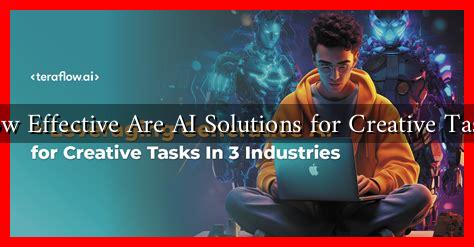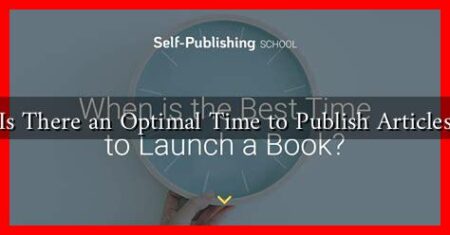-
Table of Contents
How Effective Are AI Solutions for Creative Tasks?
Artificial Intelligence (AI) has made significant strides in recent years, permeating various sectors, including creative industries. From generating art to composing music and writing articles, AI solutions are increasingly being utilized for tasks traditionally reserved for human creativity. But how effective are these AI solutions in producing creative work? This article explores the capabilities, limitations, and implications of AI in creative tasks.
The Rise of AI in Creative Fields
AI technologies have evolved to the point where they can mimic human creativity. Tools like OpenAI’s GPT-3 for text generation, DALL-E for image creation, and AIVA for music composition are just a few examples of how AI is being integrated into creative processes. According to a report by McKinsey, 70% of companies are using AI in some form, and creative industries are no exception.
Capabilities of AI in Creative Tasks
AI solutions have demonstrated remarkable capabilities in various creative domains:
- Content Generation: AI can generate articles, blogs, and even poetry. For instance, GPT-3 can produce coherent and contextually relevant text based on prompts.
- Visual Art Creation: Tools like DALL-E can create unique images from textual descriptions, allowing artists to explore new concepts quickly.
- Music Composition: AI platforms like AIVA can compose original music, often indistinguishable from human-created pieces.
- Video Editing: AI can assist in video production by automating editing processes, suggesting cuts, and even generating scripts.
Case Studies: Success Stories of AI in Creativity
Several organizations and individuals have successfully integrated AI into their creative workflows:
- OpenAI’s GPT-3: This language model has been used by writers and marketers to generate content, brainstorm ideas, and even draft entire articles. Companies like Copy.ai leverage GPT-3 to help users create marketing copy efficiently.
- Artbreeder: This platform allows users to blend images using AI, resulting in unique artworks. Artists have used Artbreeder to create everything from character designs to landscapes.
- AIVA: This AI composer has been used in film scoring and video game music, demonstrating its ability to produce emotionally resonant compositions.
Limitations of AI in Creative Tasks
Despite the impressive capabilities of AI, there are notable limitations:
- Lack of True Understanding: AI lacks genuine understanding and emotional depth, which can result in creative outputs that feel mechanical or uninspired.
- Dependence on Data: AI models are trained on existing data, which can lead to a lack of originality and potential biases in the generated content.
- Ethical Concerns: The use of AI in creative fields raises questions about authorship, copyright, and the potential for job displacement among human creatives.
The Future of AI in Creative Industries
The future of AI in creative tasks is promising yet complex. As technology continues to evolve, we can expect:
- Enhanced Collaboration: AI will likely serve as a collaborative tool, augmenting human creativity rather than replacing it.
- New Creative Possibilities: AI can help artists and creators explore new styles and techniques, pushing the boundaries of traditional art forms.
- Ethical Frameworks: As AI becomes more integrated into creative processes, the development of ethical guidelines will be crucial to address concerns about authorship and originality.
Conclusion
AI solutions have proven to be effective tools for various creative tasks, offering new possibilities and efficiencies. However, they also come with limitations that must be acknowledged. The most successful applications of AI in creativity will likely be those that leverage its strengths while recognizing its weaknesses. As we move forward, the collaboration between human creativity and AI technology will shape the future of creative industries, leading to innovative outcomes that neither could achieve alone.
For more insights on the impact of AI in creative fields, you can explore resources from McKinsey & Company.



